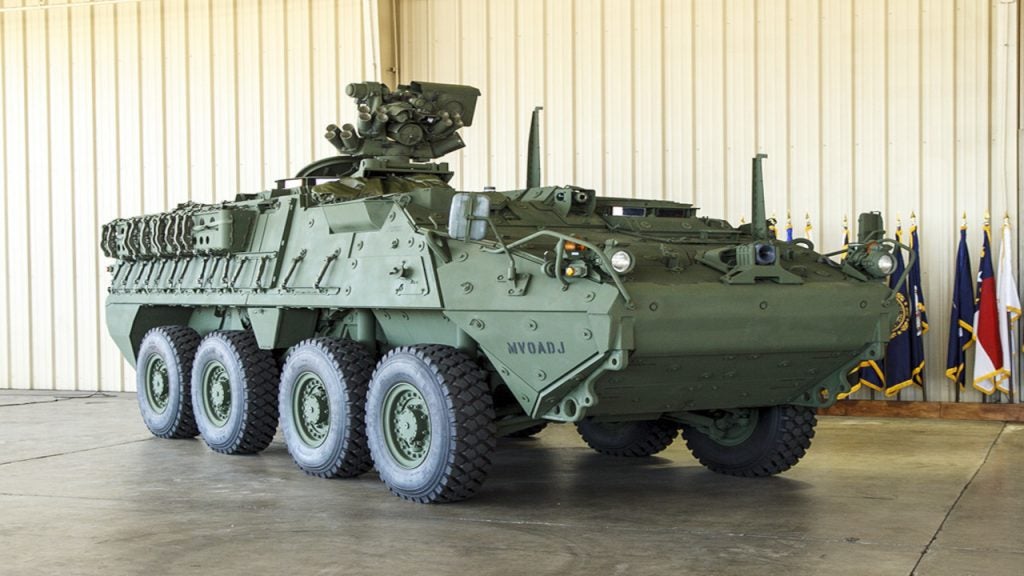
The US Department of Defense (DoD) announced on 4 April that it will make key changes to its subsidiary Defense Innovation Unit (DIU). This is a department tasked with integrating commercial technologies into US military services, it was first launched in 2015.
The DIU will experience two fundamental changes: first, the DoD has now hired Doug Beck for his commercial sector expertise as he oversees the department’s adoption of commercial technology throughout the military. Second, the Defense Secretary Lloyd J Austin III issued a memo realigning the DIU within the DoD command structure, which will see the department report directly to the Defense Secretary.
In the memo, Secretary Austin said: “DIU’s mission is to accelerate the adoption of commercial technology at speed and scale, and these changes will further enable it to effectively execute this critical mission”.
The new DIU director shall serve as a leader inside the department to catalyse engagement with and investment into private sector communities where commercial technology can be adapted and applied to meet the DoD’s military requirements. A particular concern for the director will be to enable the “rapid transition and fielding of new technologies” for dual-use, and looking at “their potential strategic impact”.
The DIU director will provide the Defense Secretary with an assessment of the DIU’s ability to meet these objectives, along with a proposed plan of action and milestones for achieving key goals within 90 days of his appointment from 1 May 2023.
Pervasive government support
The management restructure is intended to provide the DIU with unprecedented scope for engagement across the US Government’s defence structure.
One detail that was noted in Austin’s memo was that the Undersecretary of Defense for Research and Engineering (USD(R&E)), Heidi Shyu, will use all available authorities and resources to support the DIU’s mission.
However, the memo states that cooperation with the USD(R&E) will occur “to the same extent as the USD(R&E) performed these roles prior to the realignment, to include providing administrative and human resources support”.
This is a curious admission of continuity. Austin fails to make any expression that there will be any increased cooperation beyond what has been done before to allow the DIU to exploit the inter-governmental network to fulfil its mission. This gives us a sense that the department’s realignment within the DoD structure is a futile gesture that only appears to enhance the department.
Commercial sector
A key enhancement that should be welcomed is the DIU’s closer ties with the private sector.
Beck’s background is a useful one considering his background as vice president at Apple, leading the company’s business across northeast Asia and the Americas according to the DIU. In addition, Beck has experience as a US Navy Reserve, serving in Iraq and Afghanistan, and extensively throughout the Asia-Pacific region.
“Doug’s experience in the commercial world and with the joint force structure will help DIU get to a new level of scaling commercial technology to the men and women in uniform,” said Mike Madsen, acting DIU director.
“His selection and DIU’s elevation underscore the importance the Department places on DIU’s, NSIC’s, and NSIN’s activities as well as delivering commercial technology to our service members,” Madsen added.
This comes at a time when the US intelligence community has acknowledged that partnerships with the private sector are key for the US to maintain the advantage against near-peer and peer rivals like the People’s Republic of China in the Indo-Pacific.
Secretary Austin added: “The vibrant and creative commercial sector is among America’s most consequential advantages. Harnessing that innovative power in a manner consistent with our values is crucial for the [DoD] to meet its goals.”








